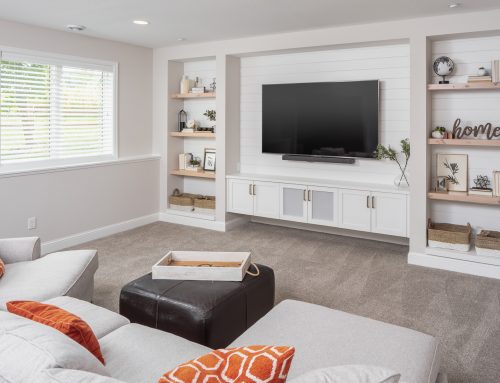
With the recent extremely cold temperatures you may have noticed some interior window condensation
in your home. If taken care of this issue isn’t a big deal, but if left untreated it can cause some damage
especially in older windows. Excessive moisture can rot wood molding and damage plaster, plus
excessive interior moisture can cause damage to your entire home, not only the windows.
Why does interior window condensation occur?
This is caused when excessive moisture and warm air in
your home meets your cold windows. When it is extremely cold your windows provide a cool surface for
water vaper to condense.
How to Stop and Prevent Interior Window Condensation
Now, how to address the issue. Since window condensation is caused by excessive indoor humidity, you
need to adjust the humidity level in your home. Below are some humidity level guidelines that we
recommend following. The below list is supplied by the Minnesota Department of Public Service, is
based on a double-glazed window and an indoor temperature of 70 degrees. You will notice that the
lower the outdoor temperature, the lower the indoor humidity should be.
• If outside temperature is 20 to 40 degrees, humidity indoors should not be more than 40 percent.
• If outside temperature is 10 to 20 degrees, humidity indoors should not be more than 35 percent.
• If outside temperature is 0 to 10 degrees, humidity indoors should not be more than 30 percent.
• If outside temperature is 10-below to 0, humidity indoors should not be more than 25 percent.
• If outside temperature is 20-below to 10-below, humidity indoors should not be more than 20 percent.
• If outdoor temperature is lower than 20-below, inside humidity should not be more than 15 percent.
We hope these guidelines assist in keeping your home in tip top shape this winter! As always, if you
have additional questions or need assistance with maintaining you home, call us at 952.929.0098 or visit
our website, Sicora.com.






